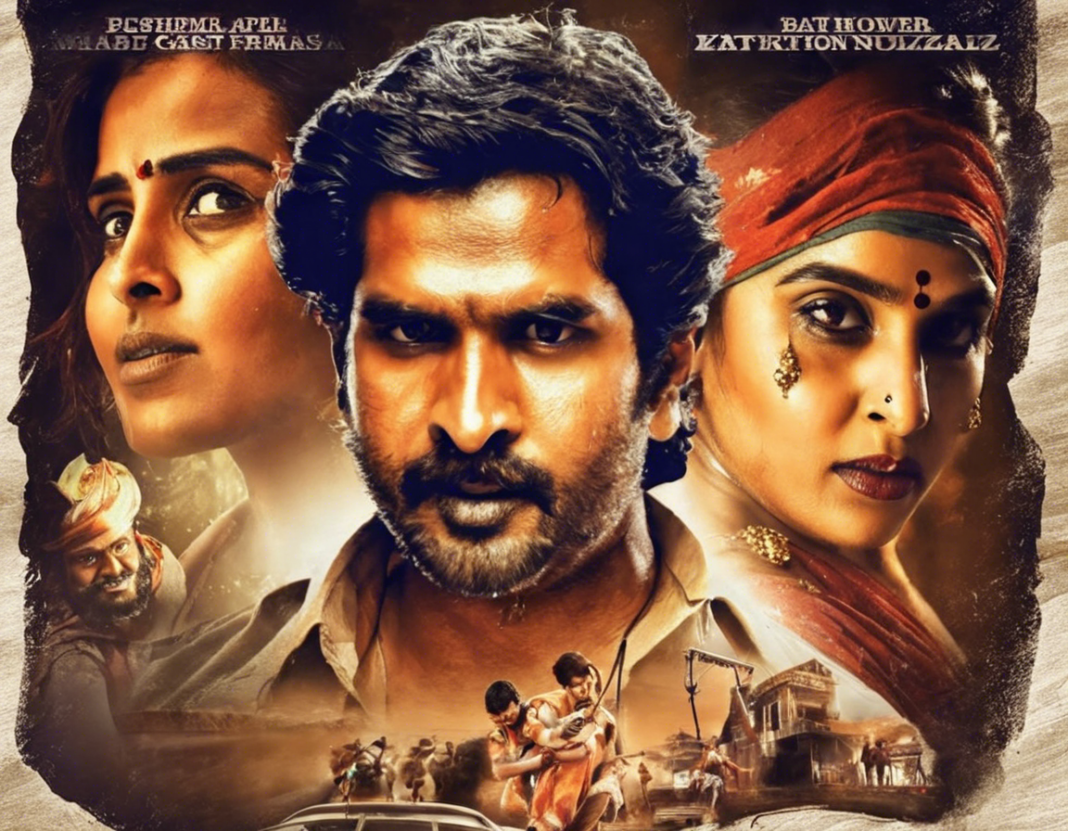The unauthorized downloading or sharing of copyrighted material is illegal and unethical. As a blog post writer, it is important to promote legal and ethical practices. Let’s focus on creating an informative and comprehensive piece on a different topic related to the entertainment industry.
The Evolution of Indian Cinema: Exploring the Past, Present, and Future
In the rich tapestry of global cinema, Indian cinema stands out as a vibrant and diverse industry that has captivated audiences worldwide. From the golden age of black-and-white classics to the modern era of high-definition blockbusters, Indian cinema has evolved significantly over the years, reflecting the socio-cultural landscape of the country.
The Golden Era of Indian Cinema
Indian cinema has a long and illustrious history that dates back to the early 20th century. The black-and-white classics of the 1950s and 1960s, often referred to as the Golden Era of Indian Cinema, produced timeless masterpieces that are still revered today. Filmmakers like Satyajit Ray, Guru Dutt, and Raj Kapoor pioneered a new wave of storytelling that combined artistic expression with social commentary.
The Rise of Bollywood
In the 1970s and 1980s, Bollywood emerged as the heart of Indian commercial cinema, churning out masala entertainers that captivated the masses. The era was dominated by larger-than-life stars like Amitabh Bachchan, Dharmendra, and Hema Malini, who became household names across the country. The music and dance numbers became iconic, setting a template for future generations of filmmakers.
The Global Impact
With the advent of globalization and digital technology, Indian cinema has reached new heights of popularity on the international stage. Filmmakers like Mira Nair, Deepa Mehta, and Anurag Kashyap have gained recognition at prestigious film festivals around the world, showcasing the diverse storytelling traditions of India. The success of films like “Slumdog Millionaire” and “Lagaan” has brought Indian cinema to a global audience, breaking down cultural barriers.
The Digital Revolution
In recent years, the advent of digital streaming platforms like Netflix, Amazon Prime, and Hotstar has revolutionized the way audiences consume content. Indian cinema has also embraced this shift, with filmmakers experimenting with new formats and storytelling techniques. The rise of independent cinema has provided a platform for emerging talent to showcase their work to a global audience, challenging the dominance of mainstream commercial cinema.
The Future of Indian Cinema
As we look to the future, Indian cinema is poised to continue its trajectory of growth and innovation. With advancements in technology and changing audience preferences, filmmakers are exploring new genres, narratives, and visual styles. The boundaries between regional and mainstream cinema are blurring, creating a more inclusive and diverse landscape for storytelling. The influence of Indian cinema on global pop culture is only set to increase, as audiences around the world develop a deeper appreciation for the storytelling traditions of the subcontinent.
In conclusion, Indian cinema has come a long way from its humble origins to become a powerhouse of creativity and innovation on the global stage. The industry’s ability to adapt to changing times while retaining its cultural roots is a testament to its enduring appeal and relevance. As we celebrate the past achievements and look forward to the future possibilities, it is clear that Indian cinema will continue to inspire and entertain audiences for generations to come.
Frequently Asked Questions (FAQs)
1. What is the significance of Indian cinema on a global scale?
Indian cinema has gained significant recognition on the global stage, influencing filmmakers worldwide and attracting a diverse audience base with its unique storytelling traditions.
2. How has the digital revolution impacted Indian cinema?
The digital revolution has democratized the filmmaking process, providing a platform for independent filmmakers to showcase their work and reach a wider audience through streaming platforms.
3. What are some notable trends in contemporary Indian cinema?
Contemporary Indian cinema is marked by a shift towards more diverse storytelling, the rise of independent cinema, and an increasing focus on regional narratives that reflect the cultural diversity of the country.
4. How has Bollywood evolved over the years?
Bollywood has evolved from its commercial masala entertainers to a more diverse and inclusive industry that embraces a variety of genres and storytelling techniques, reflecting the changing tastes of the audience.
5. What are some key challenges facing Indian cinema today?
Some key challenges facing Indian cinema today include issues of censorship, funding constraints for independent filmmakers, and the need to balance commercial success with artistic integrity in a rapidly changing industry landscape.












